Biology Semester-2 ICSE Specimen Paper Solved Class-10. Step by step solutions of ICSE Class-10 specimen model sample paper. During solutions of semester-2 Biology specimen paper so that student can achieve their goal in next upcoming exam of council .
Biology Semester-2 ICSE Specimen Paper Solved Class-10
| Board | ICSE |
| Class | 10th (X) |
| Subject | Biology |
| Topic | Semester-2 ICSE Specimen Paper Solved |
| Syllabus | on bifurcated syllabus (after reduction) |
| session | 2021-22 |
| Question Type | Descriptive Type(as prescribe by council) |
| Total question | Total- 6 with all parts (Sec-A&B) |
| Max mark | 40 |
Biology Semester-2 ICSE Specimen Paper Solved Class-10
Warning :- before viewing solution View Question Paper
Section-A
Question 1:
Name the following by choosing the correct answers to the questions from the given options. (Do not copy the question, Write the correct answer only.)
(i) A muscular wall is absent in:
(a) Capillary
(b) Vein
(c) Venule
(d) Arteriole
Answer : (c) Venule
(ii) The outermost layer of meninges:
(a) Piamater
(b) Arachnoid layer
(c) Grey matter
(d) Duramater
Answer : (d) Duramater
(iii) Tear gland is also called:
(a) Gastric gland
(b) Lacrimal gland
(c) Salivary gland
(d) Sebaceous gland
Answer : (b) Lacrimal gland
(iv) Which one of the following is not a simple reflex?
(a) Coughing
(b) Blinking
(c) Eating
(d) Swallowing
Answer : (d) Swallowing
(v) Loop of Henle lies in:
(a) Medulla
(b) Cortex
(c) Pelvis
(d) Ureter
Answer : (b) Cortex
(vi) The pigment that gives colour to urine:
(a) Haemoglobin
(b) Chlorophyll
(c) Urochrome
(d) Melanin
Answer : (c) Urochrome
(vii) The number of spinal nerves in humans:
(a) 12 pairs
(b) 23 pairs
(c) 31 pairs
(d) 10 pairs
Answer : (c) 31 pairs
(viii) The mineral element needed for the functioning of the Thyroid gland:
(a) Sodium
(b) Potassium
(c) Magnesium
(d) Iodine
Answer : (d) Iodine
(ix) The part of the brain concerned with memory:
(a) Cerebrum
(b) Cerebellum
(c) Pons
(d) Medulla Oblongata
Answer : (a) Cerebrum
(x) The pigmented circular area seen in front of the eye:
(a) Cornea
(b) Lens
(c) Iris
(d) Ciliary muscles
Answer : (c) Iris
Click Here to View Video Solutions of Sec-A
Biology Semester-2 ICSE Specimen Paper Solved Class-10
SECTION B
(Attempt any three questions from this Section.)\
Question 2:
(i) Explain the term ‘Tropic hormone’. Give one example of a Tropic hormone.
(ii) Give the location of Pericardial fluid. What is its function?
(iii) Given below is the diagram of a human blood smear. Label the parts numbered 1, 2 and 3.
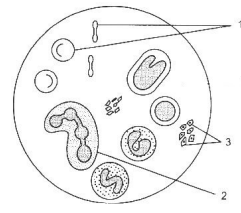
(iv) Give the biological terms for the three ear ossicles.
Answer :
(i) Tropic hormones are hormones that have other endocrine glands as their target. Most tropic hormones are produced and secreted by the anterior pituitary. Tropic hormones from the anterior pituitary include Thyroid-stimulating hormone, Adrenocorticotropic hormone, Growth hormones
(ii) The inner layer of the pericardium is attached to your heart muscle. There is a very small amount of fluid called pericardial fluid in the pericardial sac. This fluid helps to decrease friction between the pericardial layers. It also allows for smooth movement of the heart when it beats.
(iii) 1.Red Blood Cell (RBC), 2. White Blood Cell (WBC), 3. Blood Platelet
(iv) Malleus. ,Incus. ,Stapes.
Question 3:
(i) Mention two structural differences between an artery and a vein.
(ii) Where is Bicuspid valve located? What is its function?
(iii) Draw a neat diagram of a Malpighian capsule and label any two parts.
(iv) Define the term ‘Excretion’. Which are the two main organic wastes present in urine?
Answer :
(i)
| Artery | Vein |
|---|---|
| The artery has thick muscular walls. | The vein has thin muscular walls. |
| It has a narrow lumen. | It has a broad lumen. |
| There are no valves. | Thin pocket-shaped valves are present in the veins. |
(ii) Normally, the mitral valve is the only bicuspid valve and this is situated between the heart’s left atrium and left ventricle. Heart valves play a crucial role in ensuring the unidirectional flow of blood from the atrium to the ventricles, or from the ventricle to the aorta or pulmonary trunk
(iii) neat diagram of a Malpighian capsule and label .
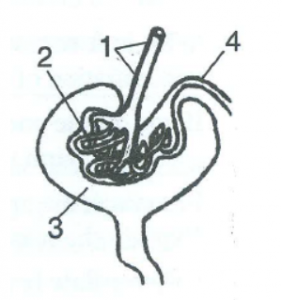
1 – Afferent arteriole
2 – Glomerulus
3 – Bowman’s capsule
4 – Efferent arteriole
(iv) Excretion is the physiological process of elimination of metabolic waste from the body. The excretory products include amino acids, urea, uric acid, carbon dioxide, water, and ammonia. Some Molluscs and Echinoderms excrete waste products from the body in the form of amino acids
Question 4:
(i) Name the substance that initiates blood clotting.
What is the mineral element essential to form a blood clot?
(ii) Give the exact location of Adrenal glands.
(iii) Mention three functions of Adrenaline.
(iv) What is the contraction phase of auricles called? Name the two valves that open during this phase.
Answer :
(i) The protein on the surface of cells that is responsible for the initiation of blood clotting is known as tissue factor, or tissue thromboplastin. Calcium is the mineral component that is crucial for the coagulation of blood.
(ii) The suprarenal gland (adrenal gland) is located at the top of each kidney; therefore each person has two suprarenal glands
(iii) Key actions of adrenaline include increasing the heart rate, increasing blood pressure, expanding the air passages of the lungs, enlarging the pupil in the eye (see photo), redistributing blood to the muscles and altering the body’s metabolism, so as to maximise blood glucose levels (primarily for the brain).
(iv) atrial systole . The mitral and tricuspid valves, also known as the atrioventricular, or AV valves, open during ventricular diastole to permit filling. Late in the filling period the atria begin to contract (atrial systole) forcing a final crop of blood into the ventricles under pressure
Question 5:
(i) How are cytons and axons arranged in the spinal cord.
(ii) We cannot distinguish colours in dim light. Explain giving suitable reasons.
(iii) Given below is a diagram depicting a defect of the human eye. Answer the questions that follow:
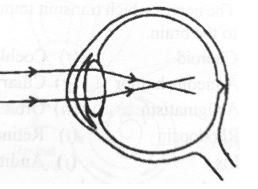
(a) Give the scientific term for the defect.
(b) Mention one possible reason for the defect.
(c) What type of lens can be used to correct the defect?
(iv) What are hormones? Name any two hormones secreted by the Pituitary gland?
Answer :
(i) In spinal cord, cyton is inside forming the gray matter and axon is outside forming white matter.
(ii)Cone cells in the retina are responsibe for colour vision. They are functional only in bright light. Moon light is unable to stimulate the cone cells; however, the rod cells respond to dim light. Hence, we can see in moon light but cannot distinguish colours.
(iii)
(a) Myopia
(b) Two possible reasons are—Eye ball is lengthened from front to back., Lens is too curved.
(c) Concave lens
(iv) The major hormones produced by the pituitary gland are:
- ACTH: Adrenocorticotrophic hormone. …
- FSH: Follicle-stimulating hormone. …
- LH: Luteinizing hormone. …
- GH: Growth hormone. …
- PRL: Prolactin. …
- TSH: Thyroid-stimulating hormone.
Question 6:
(i) From where the following nerves arise.
(a) Optic nerve
(b) Auditory nerve
Ans :-
(a) The optic nerve begins at the optic disk, a structure that is 1.5 mm (0.06 inch) in diameter and is located at the back of the eye. The optic disk forms from the convergence of ganglion cell output fibres (called axons) as they pass out of the eye
(b) The fibers of the cochlear nerve originate from an aggregation of nerve cell bodies in the spiral ganglion, located in the modiolus of the cochlea. The neurons of the spiral ganglion are the first of 4 order neurons between the cochlea and the cerebrum
(ii) Give the full form of the following abbreviations:
(a) T S H
(b) A D H
Ans :-
(a) T S H–Thyroid stimulating hormone.
(b) A D H– Anti diuretic Hormone
(iii)Within the bony labyrinth is a membranous labyrinth, which is also divided into three parts: the semicircular ducts; two saclike structures, the saccule and utricle, located in the vestibule; and the cochlear duct, which is the only part of the inner ear involved in hearing.
(iv) Complete the following table by filling in the blanks (a) to (c):
| GLAND | HORMONE SECRETED |
EFFECT OF OVERSECRETION |
| Pancreas | (a) __________ | Hypoglycemia |
| Thyroid | (b) ____________ | (c) ___________ |
Answer :
(a) Insulin
(b) Thyroxine
(c) Exophthalmic Goiters
Return to:- ICSE Class-10 Specimen Paper Semester-2 of 2021-22
thanks
Please share with your ICSE friends
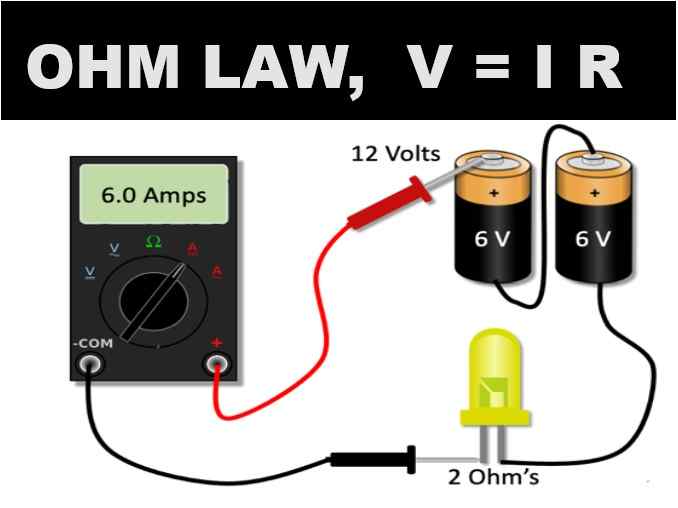
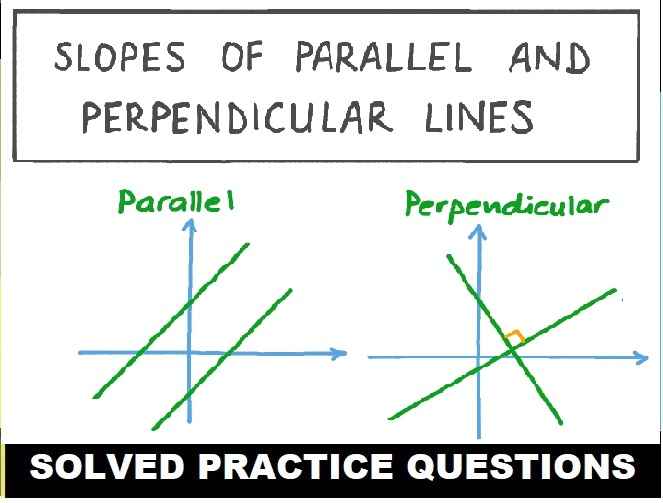
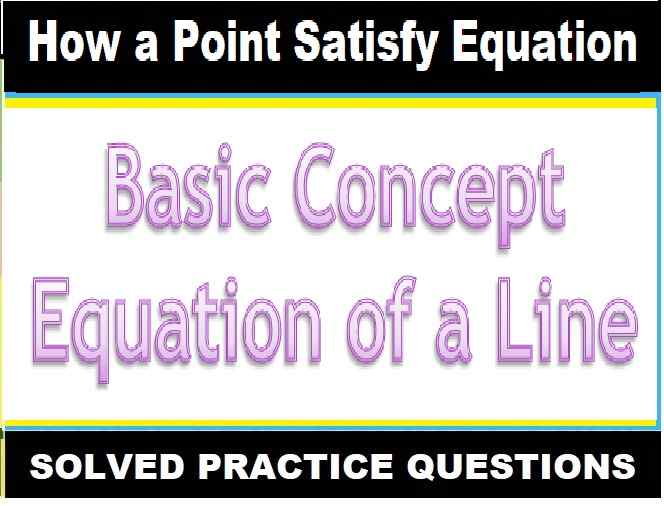
Pages with Answers of Section B is not uploaded
ans of sec B is given at bottom please visit again
It is not Visible…. 😑😒
now visible
It’s is visible
yes
I am so lucky
thanks